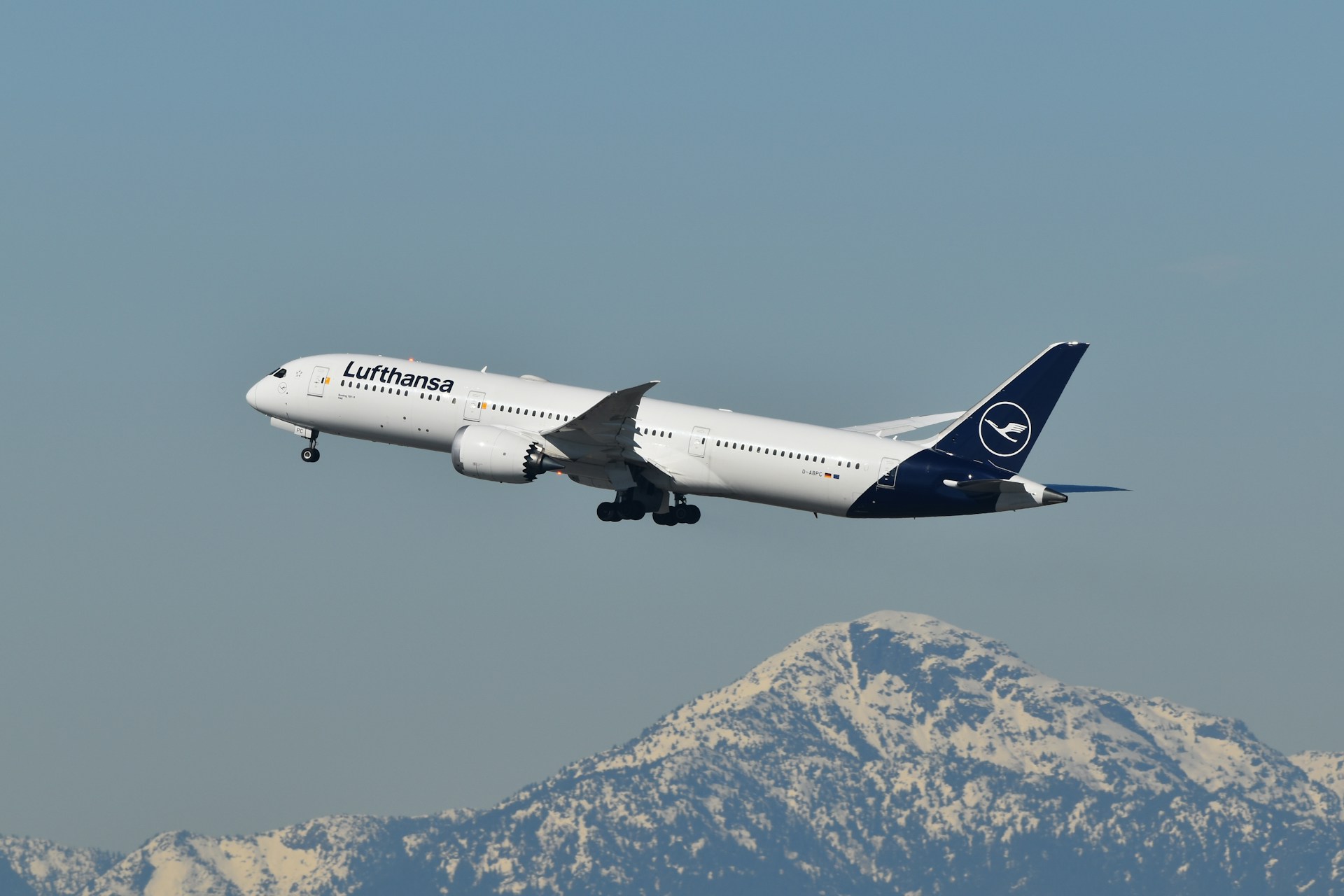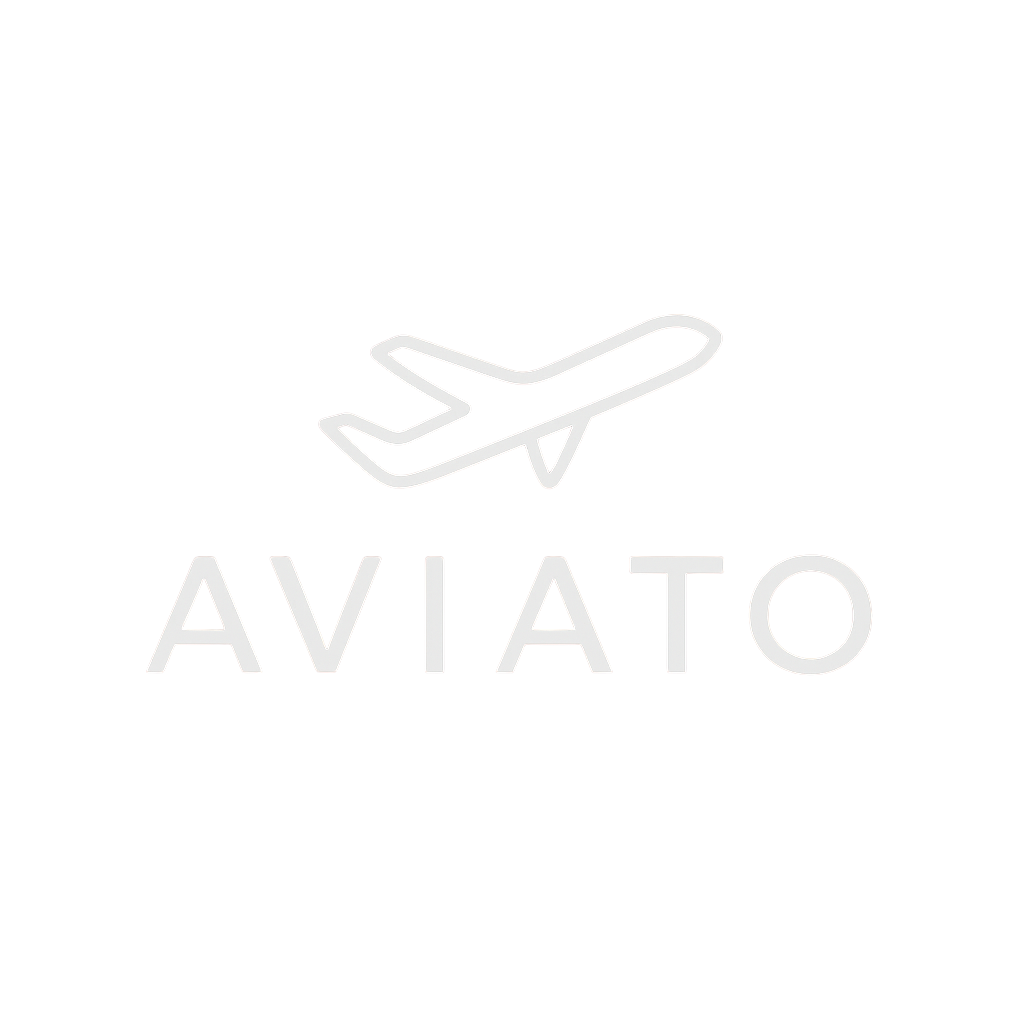France’s Aviation Market Set to Soar to $7.5 Billion by 2033
Key Takeaways
- France’s aviation market is projected to reach $7.5 billion by 2033, fueled by strong post-pandemic recovery and rising passenger demand.
- Competition between Air France-KLM, low-cost carriers, and international airlines is reshaping the market landscape.
- Strategic hubs in Paris, Lyon, and Nice are positioning France as a critical European gateway.
- Sustainability regulations are pushing airlines toward eco-friendly operations and fleet modernization.
- Business aviation and cargo are emerging as growth drivers alongside traditional passenger services.
- Digital transformation is becoming a key differentiator for carriers in France’s crowded market.
France Emerges as a European Aviation Powerhouse
France is on track to become one of Europe’s most dynamic aviation markets, with analysts projecting industry revenues of $7.5 billion by 2033. This growth underscores the country’s resilience after the pandemic and its vital role as a hub for global travel.
Air France-KLM remains the market leader, but competition from Ryanair, EasyJet, and other international carriers has intensified. As a result, the French aviation sector is now one of the most competitive in Europe, offering travelers a wider range of routes and prices.
Drivers of Growth
Several factors are fueling France’s aviation expansion:
- Tourism Recovery: France remains the world’s most visited country, with international arrivals rebounding sharply in Paris, Nice, and Lyon.
- Business Travel: Corporate air travel has resumed as companies reinvest in global connectivity.
- Airport Investments: Ongoing modernization at Charles de Gaulle and expansions at Lyon and Nice airports provide much-needed capacity and efficiency improvements.
These combined forces are propelling France’s aviation market toward its $7.5 billion target.
Competitive Dynamics
The French market is ultra-competitive, with legacy and low-cost carriers battling for market share.
- Legacy carriers like Air France are upgrading cabins, launching new routes, and pursuing cost-optimization programs.
- Low-cost carriers have penetrated regional airports, offering affordable connectivity that rivals France’s high-speed rail network.
This democratization of air travel has expanded accessibility for consumers while placing pricing pressure across the industry.

Sustainability and Regulation
Sustainability sits at the heart of France’s aviation future. Carriers are investing heavily in:
- Fuel-efficient aircraft such as the Airbus A320neo family.
- Sustainable aviation fuels (SAF) supported by government incentives.
- Airport infrastructure improvements for electric and hybrid aircraft operations.
These measures align with European Union climate targets, positioning France as a leader in green aviation.
Opportunities Beyond Passenger Flights
While passenger travel remains the core, new growth areas are emerging:
- Cargo operations: Driven by e-commerce and global supply chain needs.
- Business aviation: Growing demand from corporate travelers seeking efficiency and flexibility.
- MRO (maintenance, repair, and overhaul) services: France’s aerospace expertise provides an edge.
- Digital transformation: AI-powered route optimization and personalized passenger experiences will differentiate carriers in a crowded marketplace.
FAQs
What is driving France’s aviation growth?
Tourism recovery, rising business travel, and airport modernization are key drivers, alongside strong competition that expands consumer choice.
Which airlines dominate the French market?
Air France-KLM leads, but Ryanair, EasyJet, and international carriers are growing their presence aggressively.
How are French airports supporting growth?
Major hubs like Charles de Gaulle and Orly are being modernized, while regional airports in Lyon and Nice are expanding to handle rising passenger volumes.
What role does sustainability play?
Sustainability is central, with airlines investing in eco-friendly aircraft, SAF, and greener operations to comply with EU climate rules.
What opportunities exist beyond passengers?
Cargo, business aviation, MRO, and digital technology adoption represent major growth opportunities beyond traditional passenger flights.
✈️ Bottom line: France’s aviation market is not only rebounding but transforming—blending sustainability, digital innovation, and fierce competition to become one of Europe’s most dynamic aviation ecosystems by 2033.
.zip%20-%201.PNG)



